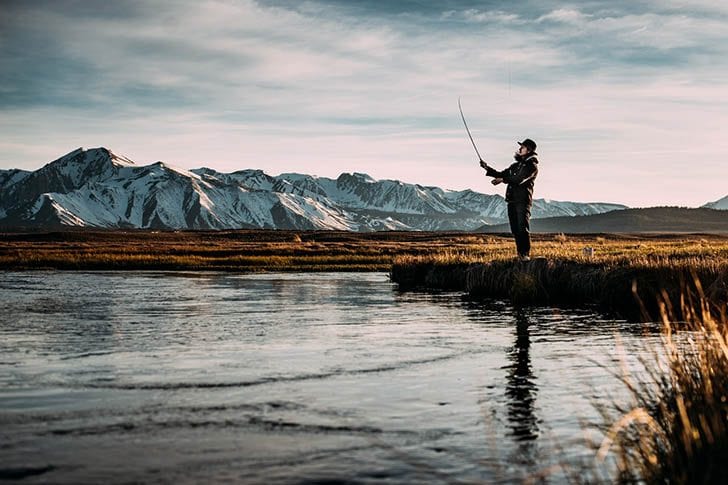By Jennifer Dawson:
When going out on the water, fishermen expect to haul in a big catch, and we will do whatever we can to ensure we catch as many fish as possible. However, as fishermen, we also have a responsibility and duty to the environment. The aquatic environment is extremely fragile and susceptible to human input. What we take on our fishing trips, and what we leave behind can have large implications for the fish we catch and the water they live in. Therefore, it is important that we use the most environmentally-friendly gear so that there will be healthy fish for our kids and the fishermen that come after us.
The Disappearing Line
You can make your first green choice before setting foot on your fishing trip. There are many choices for different types of rods and lines, bait and hooks at the store. Some of the options available include some environmentally friendly options, such as the biodegradable line. The leftover fishing line can be dangerous to many wildlife including birds, fish, and marine mammals. When they get tangled in these lines, our beloved animals become restricted and can ultimately strangle to death. However, you can prevent this horrifying reality by using biodegradable lines that will dissipate and completely dissolve after long periods in the water.
Taking out the Lead
Lead sinkers are also harmful to the environment. They are often eaten by waterfowl and can induce lead toxicosis. Because of its toxicity, lead sinkers are actually banned in certain areas, but is commonly used and readily available as a cheap type of sinker. However, there are many other options such as tungsten, bismuth, and steel, as well as nonmetal sinkers made of granite or other materials. Some sinkers such as Tungsten come with additional benefits, such as being a denser and smaller choice which can improve your fishing. Non-metal sinkers tend to be the best from an environmentally sustainable angle, as it eliminates any type of toxic metal excess.
Invasion of Foreign Species
There are different types of bait to help you catch the tastiest or most healthy fish to eat. Both live bait, as well as artificial ones, are readily available in stores. For most fishermen, we prefer to use a more natural and live choice of bait. However, this can actually be the most harmful to the aquatic ecosystem. Live bait is raised in some other environment where it can come into contact with many different bacteria and other harmful species. These foreign organisms then have a chance to be introduced into wherever they are being cast out to. The bait themselves might also be an invasive species that can harm the environment, especially when you dump the unused bait into the water. Invasive species are harmful as they can replace natural species through competition or predation. In order to prevent this occurrence, properly dispose of live bait that is left over, or try using more artificial bait.
If more fishermen used environmentally-safe alternatives, we could potentially avoid the long-term effects of pollution on our favorite fishing spots. Recreational fishing is meant to be a fun past time and sport, but we also need to respect the environment and leave it just as healthy as it started.
